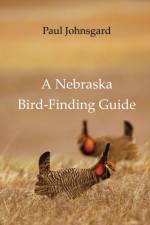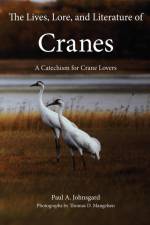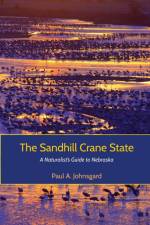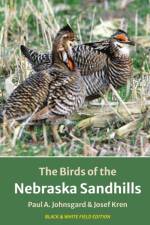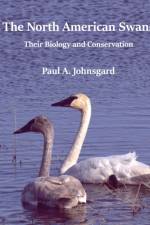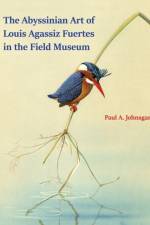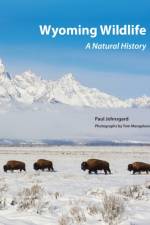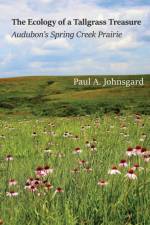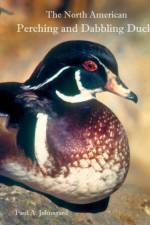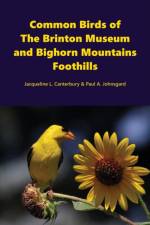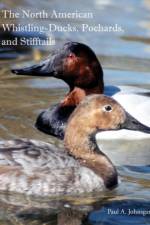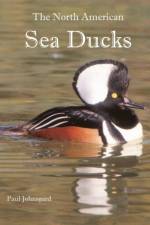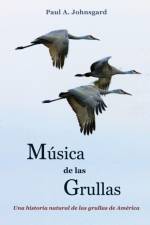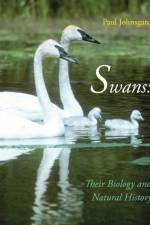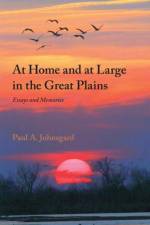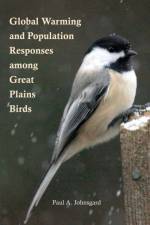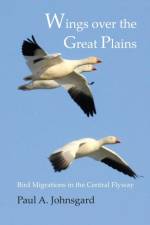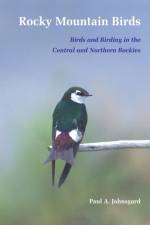av Paul Johnsgard & Jacqueline Canterbury
401
Part I. The Brinton Museum and Its BirdsPart II. Profiles of 48 Common Local and Regional Birds: Ring-necked Pheasant, Sharp-tailed Grouse, Great Blue Heron, Turkey Vulture, Osprey, Bald Eagle, Cooper's Hawk, Red-tailed Hawk, Rough-legged Hawk, Sandhill Crane, Killdeer, Eastern Screech-Owl, Great Horned Owl, Broad-tailed Hummingbird, Calliope Hummingbird, Belted Kingfisher, Downy Woodpecker, Red-naped Sapsucker, Northern Flicker, American Kestrel, Western Wood-Pewee, Say's Phoebe, Eastern Kingbird, Black-billed Magpie, American Crow, Common Raven, Tree Swallow, Cliff Swallow, Black-capped Chickadee, Mountain Chickadee, Red-breasted Nuthatch, Brown Creeper, House Wren, American Dipper, Mountain Bluebird, Cedar Waxwing, Yellow Warbler, Yellow-rumped Warbler, Spotted Towhee, Vesper Sparrow, Dark-eyed Junco, Western Tanager, Black-headed Grosbeak, Lazuli Bunting, Western Meadowlark, Gray-crowned Rosy-Finch, House Finch, Cassin's Finch, Red Crossbill, Pine Siskin, American Goldfinch

